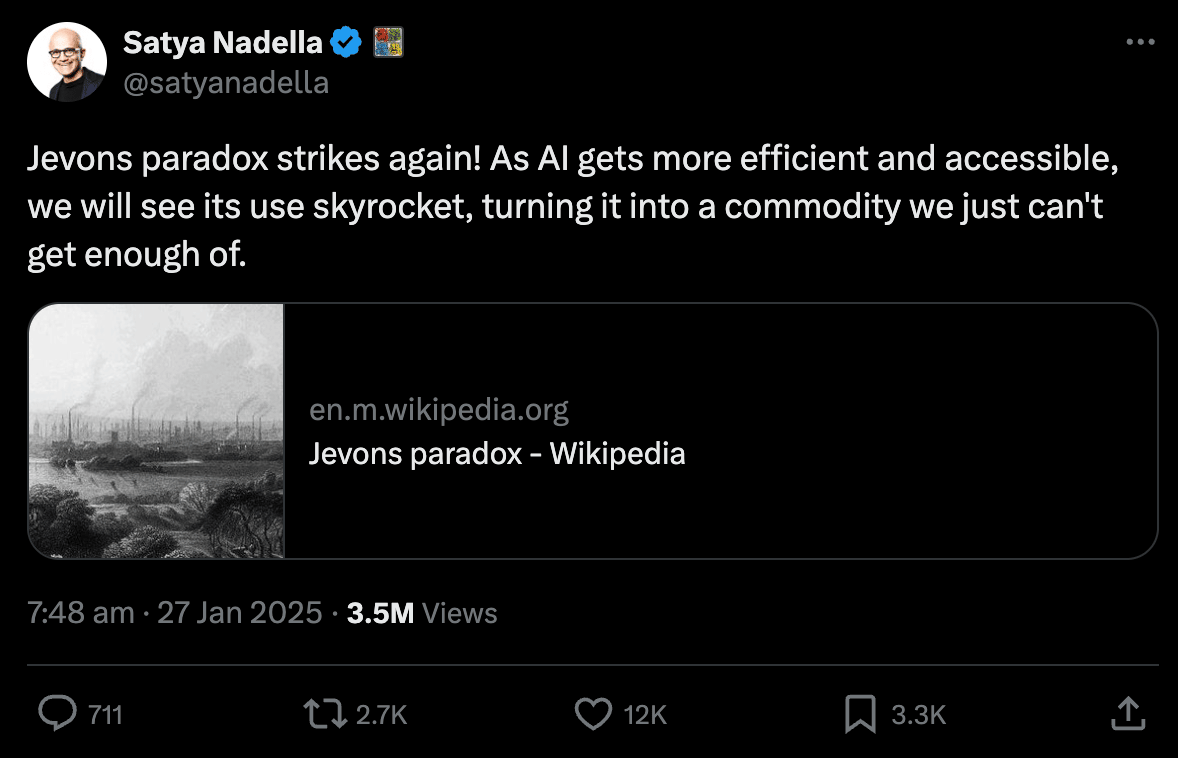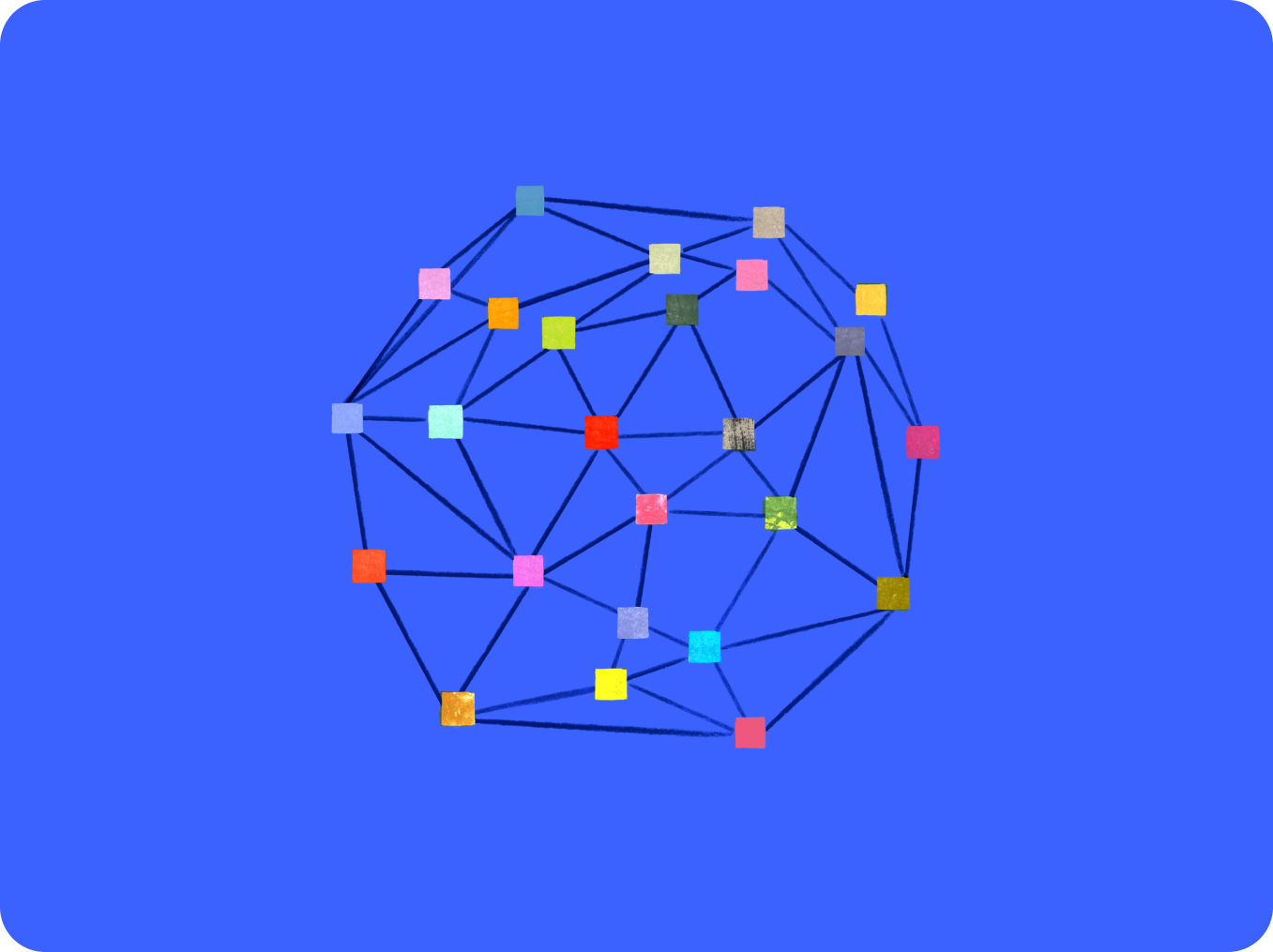Strategic implications of DeepSeek R1 for design and innovation
Key takeaways
- Affordable Frontier AI DeepSeek R1 slashes the cost barrier for advanced AI, letting smaller teams tap cutting-edge capabilities. This can spark broader experimentation and speed adoption across sectors.
- UX as a Differentiator With cheaper computing, successful solutions will rely on user experience, seamless interaction, and brand trust—not just raw model power.
- Specialized Industry Models Lower fine-tuning costs enable domain-focused AI (e.g., healthcare, finance), blending deep expertise with powerful models to excel in targeted tasks.
- Responsible Integration Open-source models offer flexibility (e.g., private data pipelines), but security, compliance, and workflow alignment remain pivotal. Cross-functional collaboration is key to unlocking safe, impactful AI solutions.
What does the launch of DeepSeek R1 mean for product innovation and design?
Chinese startup DeepSeek released its latest R1 model last week. Rarely does a tech release send so many waves across the stock market, the technology space, and even global geopolitics.
In case you haven’t followed it, here is DeepSeek R1 at a glance:
- DeepSeek R1, released January 20, 2025, by Chinese startup DeepSeek, is a groundbreaking AI model that matches or exceeds competitors like OpenAI’s o1 in several metrics.
- The model features 671 billion total parameters (weights in its neural network), but only 37 billion are activated
- DeepSeek ensures that not all 671 billion parameters fire simultaneously, dramatically reducing each inference’s computational load using a sparse-activation approach - called a Mixture-of-Experts technique.
- Despite working with performance-capped GPUs due to US export controls, DeepSeek innovated its training process to create a model that excels at complex reasoning, mathematics, and coding tasks.
- The model is open-access and freely available, with six smaller versions that can run locally on standard laptops, one of which reportedly outperforms OpenAI’s o1-mini on specific benchmarks.
Let’s unpack DeepSeek R1's potential ramifications for product design and innovation.
1. The emergence of cheaper frontier open-source models
Until now, building a frontier AI model has often required staggering fleets of high-end GPUs—sometimes numbering in the thousands—driving both CAPEX and operational costs through the roof.
Companies looking to build using these powerful models must rely on plugging into proprietary APIs provided by OpenAI, Anthropic, and others. Both training and running these models have been expensive.
Suddenly, Deepseek upends this dynamic.
It appears the operational costs of DeepSeek are orders of magnitude smaller than OpenAI’s o1 - estimates ranging from 2% to 15% - making advanced AI reasoning significantly more accessible to a broader audience.
The launch will undoubtedly lead to extreme cost pressures for all frontier models and other open-source players, including Meta and Mistral, to release increasingly powerful and cheaper models.
While DeepSeek’s lower compute costs ratchet up the competitive heat, companies like OpenAI or Anthropic still wield advantages in enterprise partnerships, specialized data troves, and dedicated support that can’t be replaced by cheap training alone.
The training and inference cost claims should also be taken with some caution, and there are recent allegations by OpenAI of dubious data-gathering practices by DeepSeek.
2. Value shift from CAPEX to UX
This extreme cost pressure and availability of frontier open models mean that more companies will have the ability to build using AI at reasonable costs.
This implies that for any industry, it’s not the raw horsepower of the foundational model that counts but the complete product experience around it. Value is shifting from the CAPEX investments of gigantic data centers to UX.
More companies - startups and enterprises - will be able to imagine the best possible AI-enabled user experience for their customers.
The computational power under the hood will become increasingly a commodity - safe for the most cutting-edge reasoning models.
Many commenters - including Microsoft CEO Satya Nadella - have referenced Jevons Paradox as a possible outcome.

The paradox states that the more efficient a resource becomes, the more consumption increases. The economist William Jevons noticed this pattern, examining how the efficiency gains in coal dramatically lifted the use of coal in his 1865 book “The Coal Question”.
To translate this into product innovation, the increase of cheap and powerful open models could lead to a rise in the use of AI for internal workflows and customer-facing solutions.
Access to leading AI models might become like electricity - ubiquitous, abundant, and powering everything we touch.
For design and innovation, this can lead to cheaper exploration of product directions, user journey mapping, copytext iteration, prototype generation, and the abundant use of AI in customer-facing products.
Many valid concerns around the cost and sustainability of AI models will be alleviated.
3. Vertical-specific specialist models
With access to increasingly powerful and cheaper open frontier models, more companies will likely fine-tune models specific to their industry.
Fine-tuning - meaning training foundational models with added examples from a specific domain - can increase the model’s performance in a specialized task.
The cost of fine-tuning a model for healthcare, finance, or legal use cases will decrease sharply. Also, open-source LLMs can be integrated more flexibly and securely into existing proprietary data pipelines, such as health records or legal cases, than closed APIs.
The services built using powerful open models could become more capable in areas requiring deep specialized knowledge and context.
In a study from Germany, a team of researchers fine-tuned a visual open-source model called Stable Diffusion on images of cars, business objectives, and customer preferences. As a result, the generated results outperformed images from a non-fine-tuned model.
Enterprise design teams can now consider running specialized models behind their firewalls, fine-tuned with their design systems and user research data - a game-changer for organizations with strict data privacy requirements.
Still, it’s worthwhile to consider the cost, complexity, and AI talent requirements of fine-tuning and running a specialized model - even with the now decreased costs.
For many companies, building AI solutions using managed APIs from companies like OpenAI and adding company-specific context with more straightforward techniques like RAG (Retrieval Augmented Generation) or prompt engineering will still be a sufficient solution.
The world (of AI) in flux
DeepSeek R1’s arrival signals a new era where advanced AI capabilities become more economically accessible—potentially reshaping how we innovate and design products.
While excitement and speculation run high, relying directly on DeepSeek's API's or apps can include privacy and security risks. Open-source models running on a company's servers or a private cloud are also complex and potentially expensive for many companies.
Still, the rapid democratization of AI computing power can set the stage for a new product design and innovation era, where creativity, domain expertise, and user-centric thinking become the true differentiators.
I’ll return to my series on the “New Design Canvas” next week, as this week has been occupied with digesting and analyzing the developments around Deepseek. I’ll also weave in the latest developments in AI democratization discussed in this article.
Until next week!
- Matias


